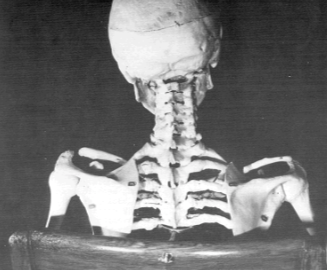Common Health Complications of Spinal Trauma
July 2019

Why do all types of spinal cord trauma have a negative impact on health? When we see the term spinal cord trauma or spinal cord injury, we instantly think of a paraplegic or someone in a wheel chair. In reality, there are far more complicated issues deal with secondary health complications and more often they not, they don’t manifest right away.
It is very important to understand the relationship between the effect of the body structure and function has on the nervous system, thus on the systemic health issues. Because the spinal cord is critical to so many bodily functions, spinal cord trauma, however slight, can cause a wide range of secondary complications as demonstrated in a recent comprehensive study.
Bowel control: The stomach and intestines may continue to function, but control of bowel movements is often altered or lost.
Incontinence: The bladder will continue to store urine from the kidneys, but the brain may not be able to control the bladder because trauma to the spinal cord will affect the neurological communication.
Blood clots: Clotting can be a particular concern for spinal cord injury patients as immobility reduces blood flow through the veins.
Pneumonia/Asthma: Both are common long-term health issues because muscles associated with breathing are often weakened, especially in cases of thoracic injury.
Respiratory System Complications: The neurological level of injury will determine what kind of breathing problems the patient may encounter.
Circulation Issues: Spinal cord injuries can result in circulatory problems ranging from low blood pressure when sitting up to swelling of the extremities.
Muscle tone: Patients with spinal cord injuries might experience one of two common types of muscle tone issues.
Fitness and Wellness: Limited mobility may lead to a more sedentary lifestyle, placing the patient at risk of obesity, cardiovascular disease, and diabetes.
Sexual Health: Sexuality, fertility, and sexual function is often affected after a spinal cord injury.
Why is atlas misalignment so common yet so easily missed by mainstream medical practitioners?
There are maybe two reasons why most medical doctors do not detect this phenomenon. One could be that they doubt completely the existence of such subluxations and the other is maybe that their training is focused on looking for major problems like dislocations, fractures, tumours and the like.
Can a spinal trauma in other parts in the body cause atlas misalignment?
Of course! Not only a spinal trauma, but any traumatic injury to other body parts can alter the weight bearing from a shift in the centre of gravity of the skull, which in causes the muscles of the head and neck to strain in maintaining the head upright on the cervical spine.




